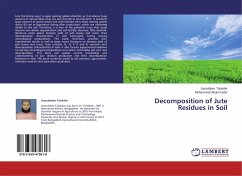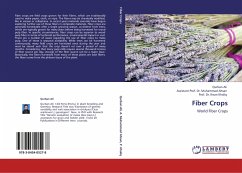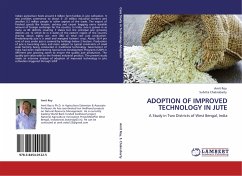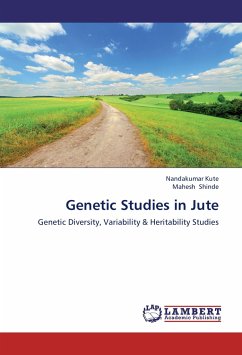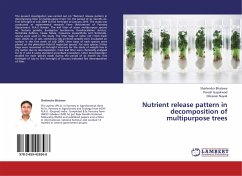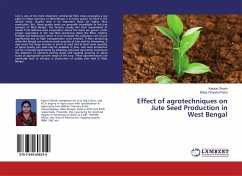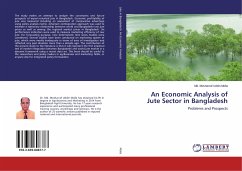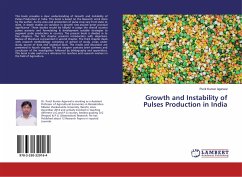Jute (Corchorus spp.) is again gaining global attention as it produces huge amount of natural fibers that are very friendly to environment. It produces large amount of green leaves and root biomass (very deep rooting system about 60 cm) as byproduct during fiber production, which are ultimately added to the soil. Therefore, it is one of the potential crops that could improve soil carbon sequestration and soil fertility. However, little scientific literature exists about biomass yield of jute leaves and roots, their decomposition characteristics in soils particularly having varying mineralogical compositions. This book, therefore, provides own experimental results as well as some recent literature on biomass yield of jute leaves and roots, their nutrient (C, N, P, K and S) contents and decomposition characteristics in soils. It also focuses experimental evidence on soil clay mineralogical compositions as a factor controlling leaf and root decomposition. This book will update current knowledge and understanding of jute residues production and their decomposition behaviors in soils. This book would be useful to soil scientists, agronomists, extension workers and agriculture graduates.
Bitte wählen Sie Ihr Anliegen aus.
Rechnungen
Retourenschein anfordern
Bestellstatus
Storno

